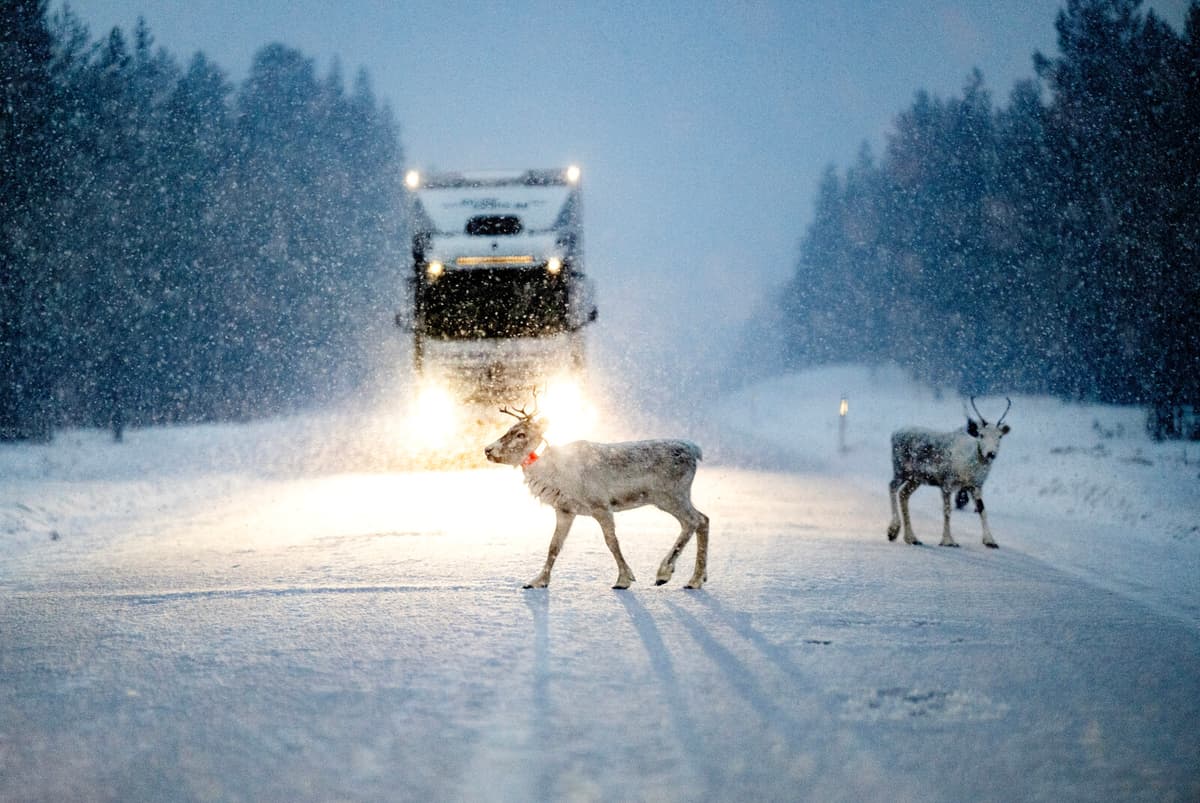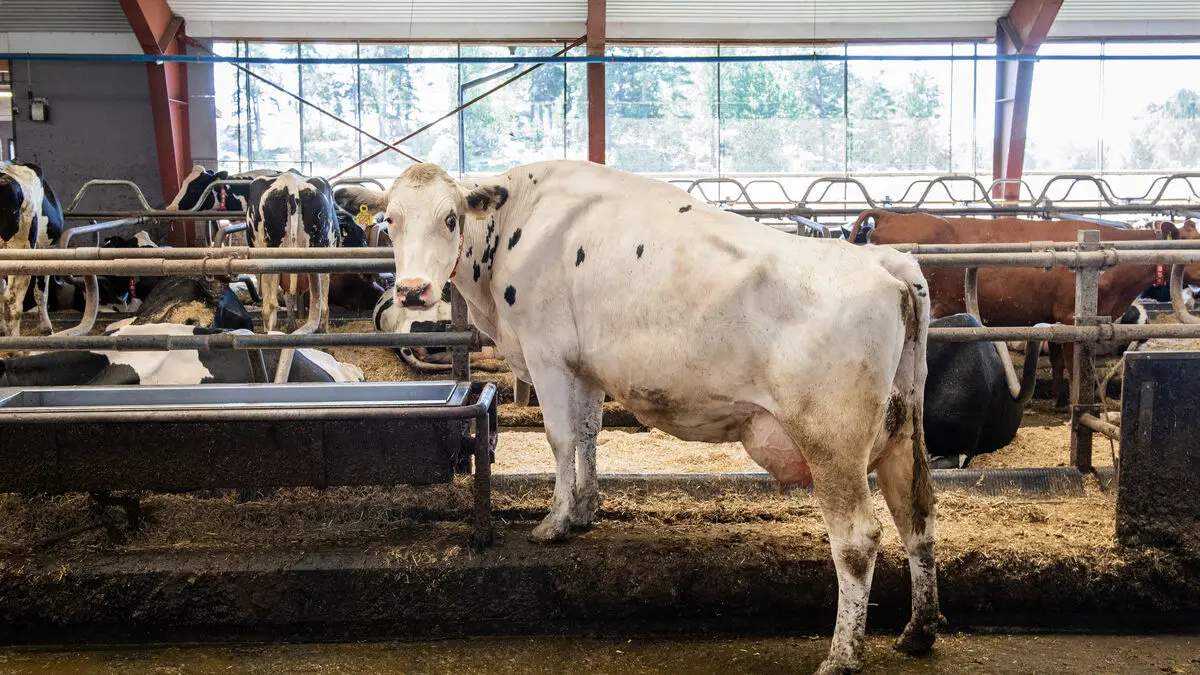The warm summer of 2018 became a wake-up call in many ways about how the effects of climate change are already affecting Sweden. Among other things, about 700 more people died than during a normal summer.
Heatwaves are highlighted as the greatest climate threat to Swedes' health in a new risk and vulnerability analysis from the Public Health Agency. The consequences of prolonged periods of higher temperatures can range from mild to premature death.
The largest risk group is the elderly, and we have an aging population. We also have a built environment adapted to a cold climate, which increases the risk of high indoor temperatures, says unit manager Karin Ljung Björklund.
Moreover, heatwaves often occur during holiday periods, which means that the burden on healthcare and social services can be very high at the same time as regular staff are not on site. There are many different factors that contribute.
14 Health Risks
The Public Health Agency has assessed 14 health risks related to climate change in Sweden. Among those with a high likelihood of occurring are floods that can contaminate drinking water, a longer pollen season, and forest fires that can lead to accidents and asthma. On the other hand, mosquito- and rodent-borne infections are not expected to have significant health consequences in the next five years.
But it's not just things like increased risk of infection spread, more cases of tick-borne diseases, and poorer water quality that are described as potential health problems.
The warmer and shorter winters can affect landscapes, ecosystems, and infrastructure adapted to a colder climate, which is expected to have negative consequences for mental health further north in Sweden – particularly among the Sami people.
The risk with warmer winters is that industries or ways of life that are dependent on cold winters will be affected. Changes in living conditions are stressful for mental health, says Karin Ljung Björklund.
There are Gains
To address the health effects of climate change, the Public Health Agency sees a need for strengthened measures within both healthcare and other sectors.
Health is an extremely important aspect of climate work, says Ljung Björklund.
There are many synergies in climate adaptation work related to health, such as greenery in urban planning. You can see the benefits of the transition, that it can contribute to better health and increased equality.
1. Heatwaves: Periods of high temperatures will become more common in Sweden, which can cause various health problems.
2. Pollen Allergies: Climate change makes the pollen season longer and affects the pollen's capacity for allergy development.
3. Tick-borne Infections: Shorter, milder winters and early warm springs increase the spread of ticks, leading to more cases of borrelia and TBE.
4. Air Pollution: Climate change affects the occurrence and spread of air pollutants. Can cause acute effects and chronic diseases.
5. Forest Fires: Risk of more and more extensive forest fires. Can lead to accidents, acute respiratory problems, and asthma.
6. Floods: Expected to become more common due to higher sea levels and more precipitation. Can contaminate drinking water and spread infectious agents.
7. Waterborne Infections: Higher temperatures in lakes and seas affect the occurrence of waterborne infectious diseases.
8. Landslides and Mudslides: Changed precipitation and groundwater levels, as well as erosion, can make the ground less stable with a risk of accidents, impact on infrastructure, and increased risk of spreading chemical or infectious agents.
9. Foodborne Infections: The risk may increase due to higher temperatures and contaminated irrigation water during heavy rainfall, floods, and drought.
10. Drought: Can lead to poorer water quality with gastrointestinal infections, through increased concentration of pollutants in water reservoirs and reduced access to water.
11. Drinking Water Impact: Changed precipitation patterns, more frequent extreme weather, and rising sea levels can affect drinking water quality.
12. Warmer Winters: Warmer, shorter winters can affect ecosystems and mountain environments, with a risk of negative impact on mental health, particularly in the north.
13. Rodent-borne Infections: Favorable conditions for larger rodent populations with a risk of increased disease transmission between rodents and humans.
14. Mosquito-borne Infections: Changes in temperature, precipitation, and human activities can affect the occurrence of mosquitoes and also contribute to the establishment of new potentially infectious mosquito species.
Source: Public Health Agency





